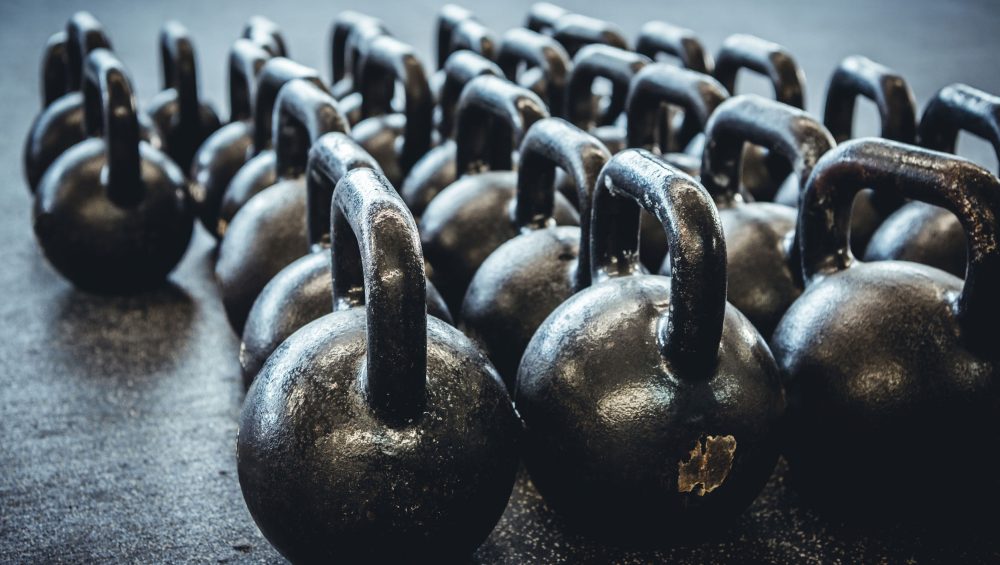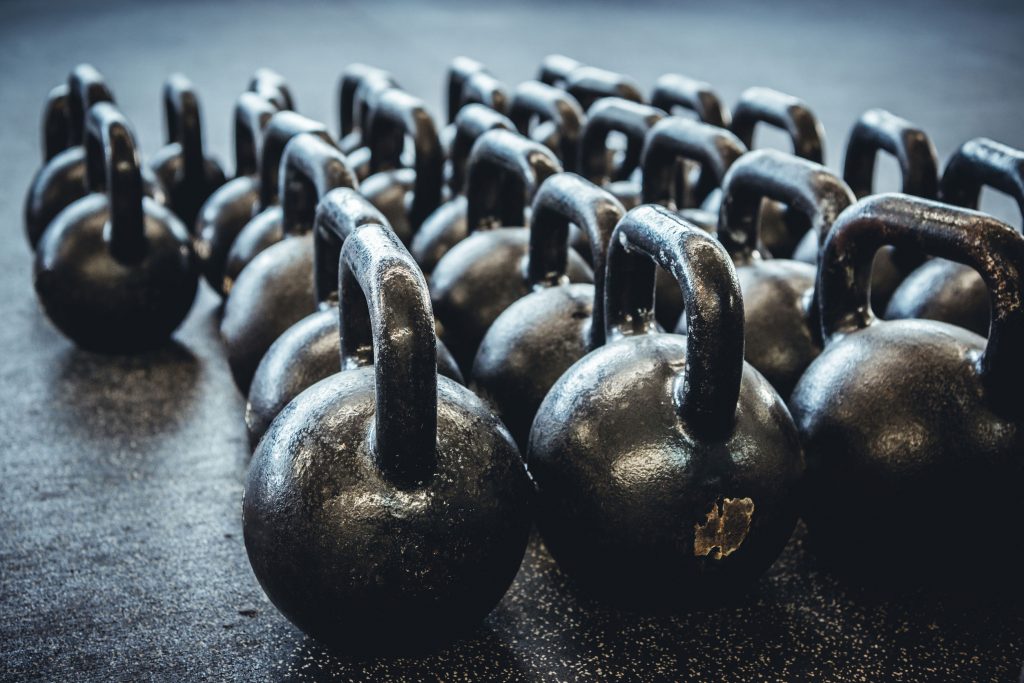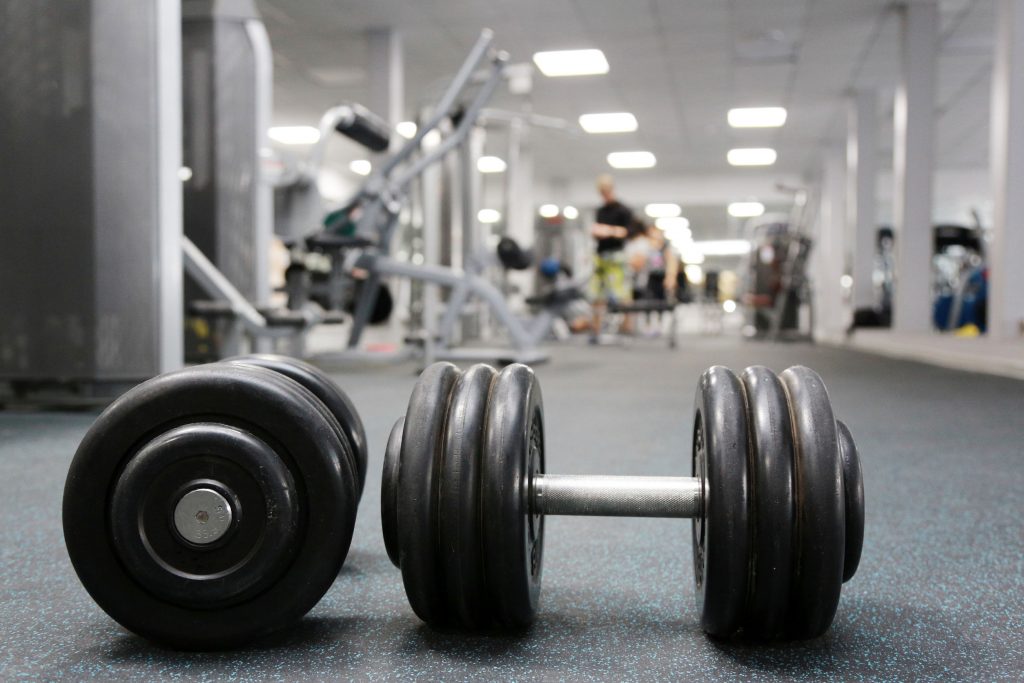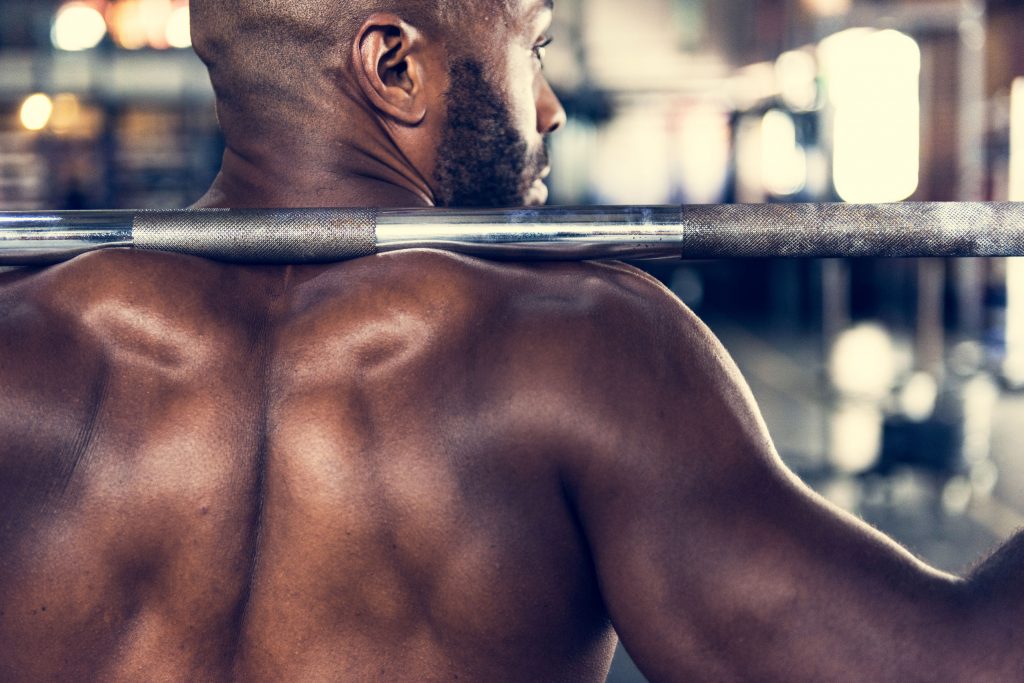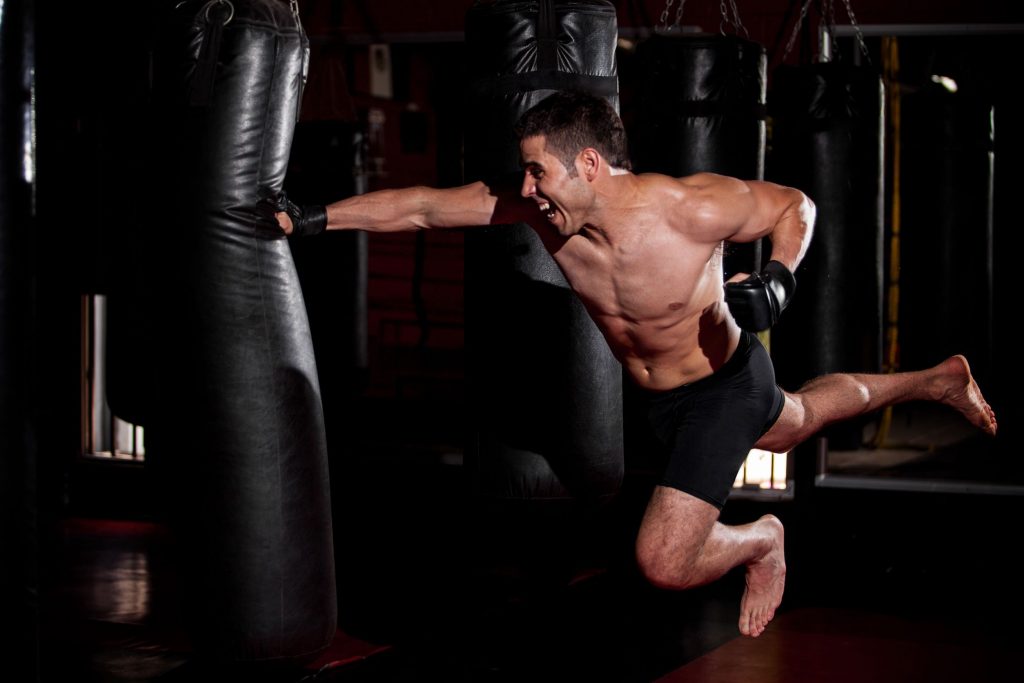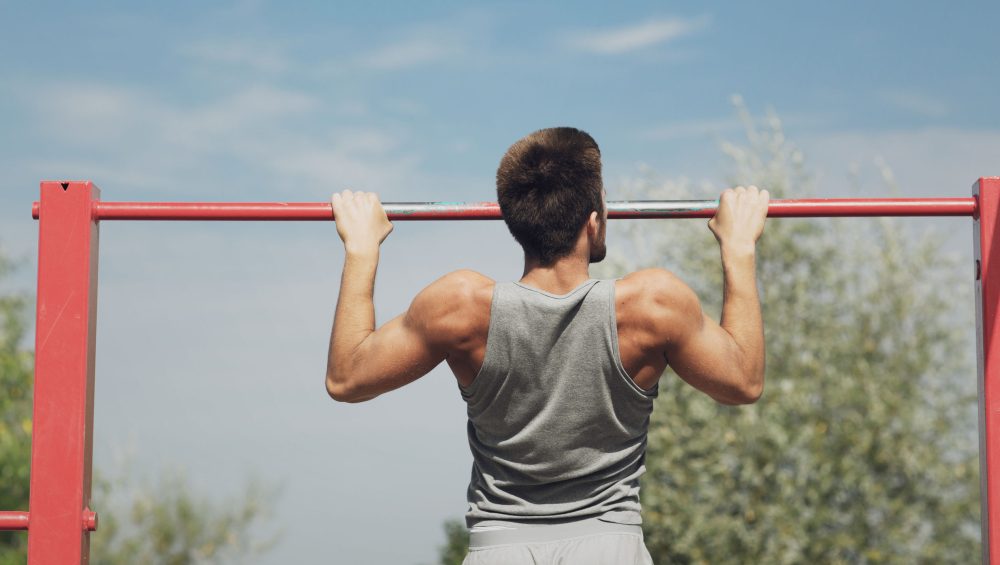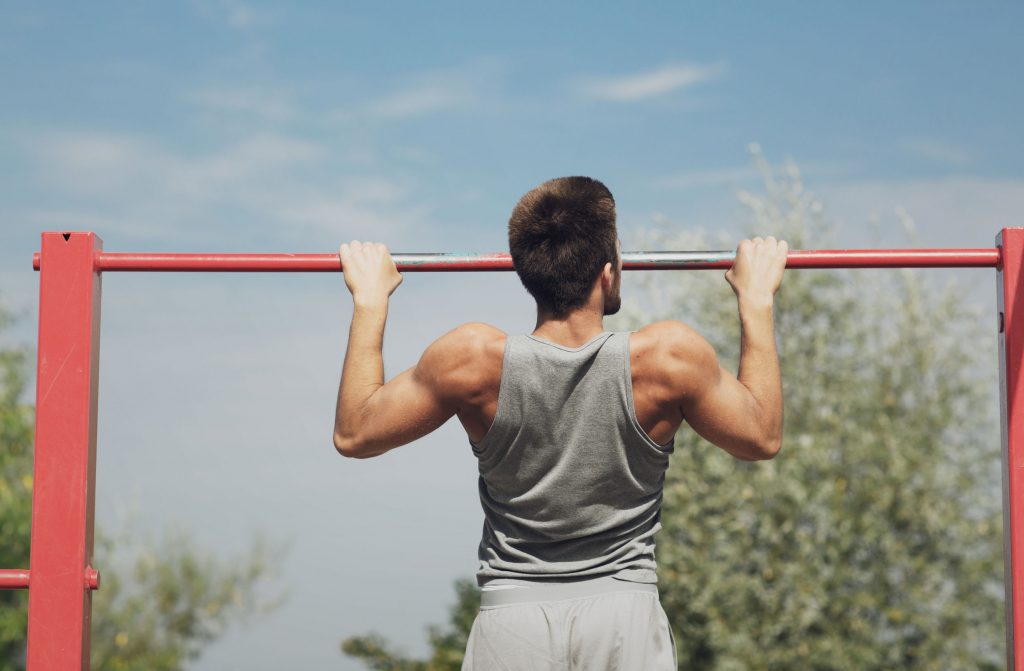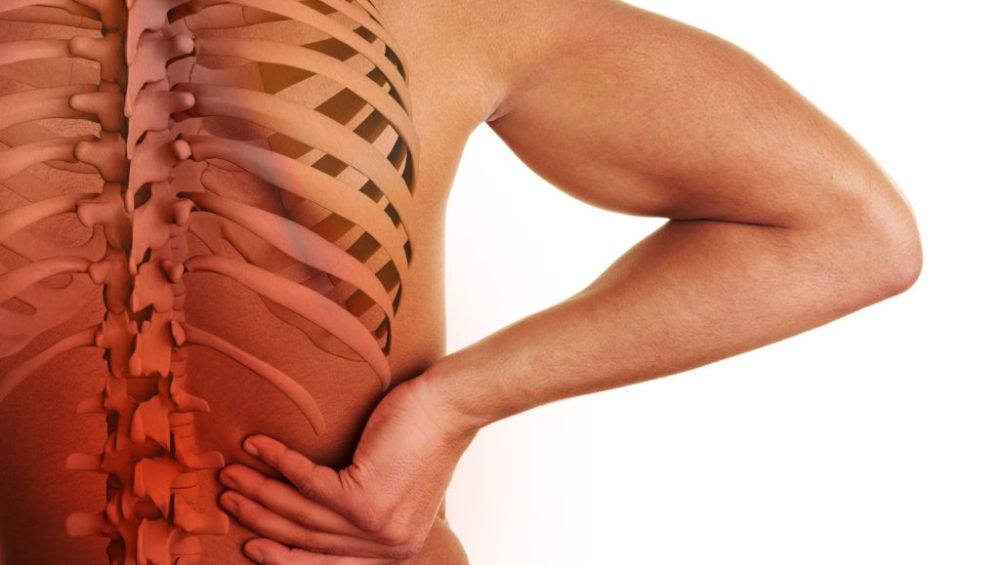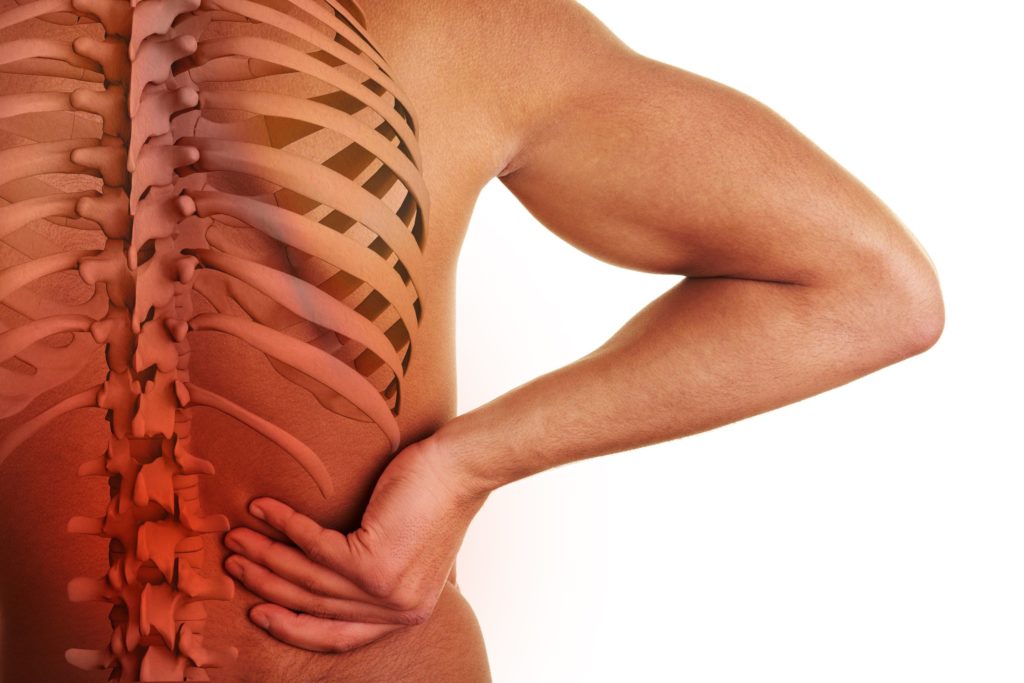There’s few things people need more of:
- Bacon
- Sex
- That’s pretty much it
Oh, and more thoracic extension.

Many people spend an inordinate amount of their time in a ball of flexion that having “access” to requisite amounts of t-spine extension is a commodity it today’s day and age.
What’s more, many of the drills and exercises prescribed to people in order to gain that extension is so poorly executed or altogether the wrong fit that it’s not uncommon for some people to spend years chasing their tail.
Take for example the plain ol’ vanilla t-spine extension off the foam roller.
It’s a great exercise, and a simple one, when done right.
Thing is: many people do it wrong, which I explain in THIS article from last year.
In the same light, I want to highlight a similar drill I came across recently that I really like and have been implementing with my own clients.
Anchored T-Spine Extension
Who Did I Steal It From? – Zach Long of TheBarbellPhysio.com.
What Does It Do? – Allows to “lock” people in position to get movement from the area we actually wan to get movement from.
The T-spine isn’t really supposed to extend that much; to the point where it emulates the picture shown above. In that scenario said person is allowing the rectus to lengthen too much – resulting in excessive rib flair – and gleaning motion from the lumbar spine.
The Anchored T-Spine Extension tries to eliminate all of that.
Key Coaching Cues – First, it’s important to “clear” people for adequate shoulder flexion. If they’re unable to extend their arms overhead without compensating through RA, lumbar spine, or even via excessive elbow flexion, then this won’t be a good fit for them.
Second, I like to tell people to picture an imaginary line from their belly-button to nipple line, and that as they lower their hips that that line shouldn’t lengthen too much.
In effect, much like the regular t-spine extension drill off a foam roller most are accustomed to, when done right, most will be very surprised at how little motion there actually is with this drill.
But that’s the thing: This is not a ROM drill per se. It’s a getting motion from the right area(s) drill.
I like to use this drill as a catch-all warm-up drill. It’s relevant for any upper body work that requires scapular retraction, depression, or even upward rotation, as well as any lower body work that requires someone to maintain an upright/extended torso.
It can also be used as a filler exercise during rest sets.
Have at it.


